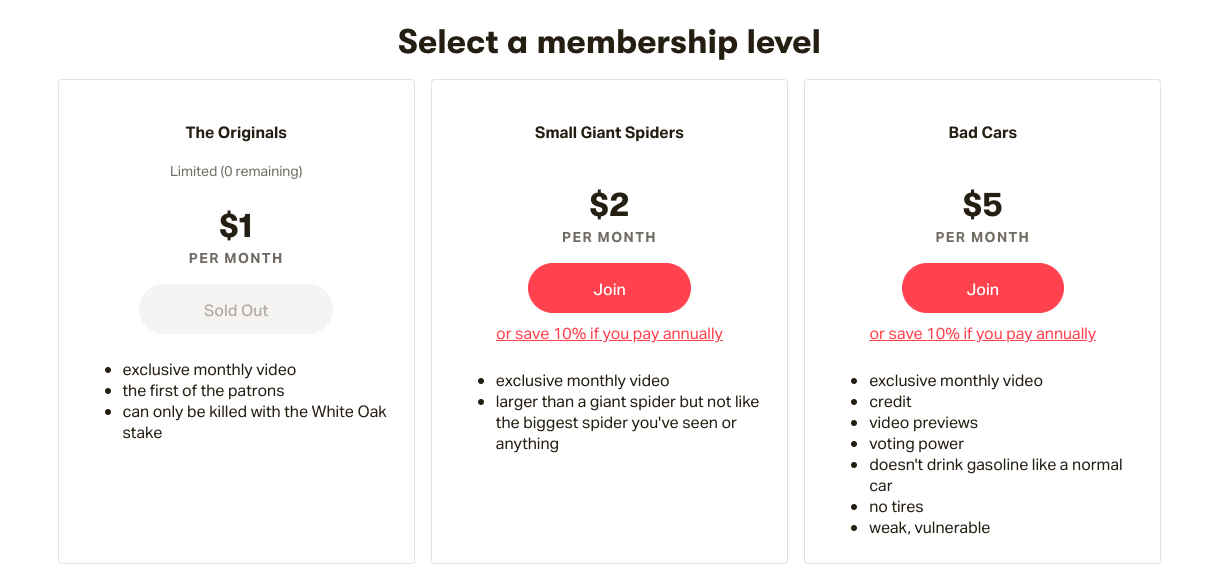Apologies for the hiatus.
But as I wrote in the FAQ for this Substack, regularly scheduled content is not a realistic expectation here at Quorum. Instead, you can expect me to show up in your inbox only when I think I have something to contribute and today I do—thanks to the most recent NYTimes column by Ben Smith about ... well, Substack.
I think he makes some good points—especially his observation that Substack is essentially just an email platform with a payment processor attached; a way of bypassing capricious algorithms.
But as with a surprising number of things that Smith has done, there’s been a bit of controversy:




I’m not in the media world and I have no real opinions—or, at least, no opinion that’s informed enough to matter—on the issue of legacy media vs. newsletters. I’m in the political world and it’s this part of his piece that really stood out to me:
This new ability of individuals to make a living directly from their audiences isn’t just transforming journalism. It’s also been the case for adult performers on OnlyFans, musicians on Patreon, B-list celebrities on Cameo. In Hollywood, too, power has migrated toward talent, whether it’s marquee showrunners or actors...Substack embodies this cultural shift, but it’s riding the wave, not creating it.
It’s an excellent point, but it comes at the situation from a particularly top-down angle.
Not only are more and more celebrities and people with clout turning to subscription content as a way to make money and stay relevant—more and more consumers have now become acclimated to the idea of paying for their content. Substack currently receives 12 million visits a month and OnlyFans claims 30 million subscribers. Patreon, a subscription content service used by everyone from YouTubers to Twitch streamers, claims to have more than 3 million monthly patrons.
It’s an obvious break from the ethos of the early internet, where sites like Napster, Limewire, and, eventually, YouTube set the expectation that most content should be free and readily available. But that ethos was already under attack by the early-2010s.
Consumers could start to feel the bit being put in their mouth as sites like Pandora began to shift to a freemium model. It was further accelerated by the the debut of digital repositories such as Netflix, Hulu, Spotify, and Apple Music, each of which offered consumers access to a large library of pre-existing content on the assumption that most users would rather pay a small fee to access their favorite content than risk navigating torrents as companies started cracking down.
And they were largely right—especially as copyright lawsuits against Limewire, Pirate Bay, and others made illegal downloads harder.
But now that era is over.
Instead of large libraries with pre-existing content, most media companies have built walled gardens around their existing intellectual property while consumers are forced to pay for multiple subscriptions to different platforms just to access their needs. It’s not a great system and people other than me have critiqued it. But it is what it is and one of the effects it’s had is that more people are now willing to pay to access content.
And that could be a boon for campaigns.
Under current conditions, the only type of content that is expected to make money on a campaign is usually developed and deployed on the paid media side. And while there’s a whole cottage industry now devoted to helping organic seeming content go viral on Twitter—traditional advertisements can still feel rather staid and uninspiring.
But what if there was a way to create another revenue stream for a campaign or advocacy group? One that wasn’t stuck existing in 7, 15, 30, or 60 second intervals?
What if there was a way to tell longer or more complex stories and to get them in front of the right eyes without having to worry about platform restrictions or conventions?
What if we rewarded our most loyal supporters and donors with content that increased their emotional investment in the campaign?
Why not adopt a subscription model?
Campaigns already accept recurring donations. A subscription model for content is just providing donors with a gift as a thank you for their donation. Why not allow donors to add on a small surcharge to their already existing recurring donation and gain access to behind-the-scenes footage, original series and content, interviews with the candidate or campaign staff, and maybe even special live streams or a Discord.
I want to be clear—none of this is new.
Most prominent YouTubers and streamers are already offering these perks to their Patreon supporters as an inducement for recurring donations.
Campaigns could easily pivot to take advantage; opening up new revenue streams, funding more fun and experimental types of content, and rewarding supporters for their dollars with something special that might build community.
It’s works for journalists and sex workers.
Why not politicians, too?
Looking for someone to help you set up a subscription content program for your campaign or advocacy group? Want to pick my brain about digital? Still angry about the ending of Game of Thrones and looking to vent?
Send me message on Twitter and let’s chat about it.
Also—I saw that same spelling error. You don’t have to point it out. You can sit quiet in the comfort of knowing that that mistake you saw is eating me alive from the inside out.







